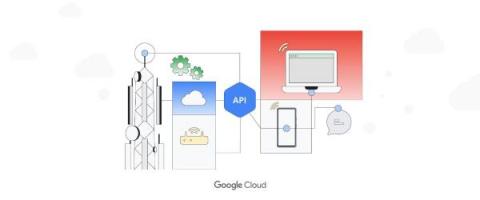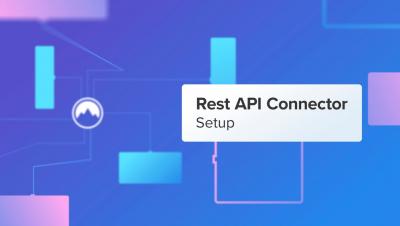Systems | Development | Analytics | API | Testing
API
Leveraging APIs to create value for telco ecosystems: STC's digital transformation
The world is changing for telecommunications operators. We live in a digital age when people, information, and services are more connected than ever, and people expect virtually any service on demand, at their fingertips. STC is already a telecommunications leader in the Middle East, but to remain on top in a competitive field, we must continue to grow and provide valuable experiences for our customers.
The Life of an API Gateway Request (Part 2)
The Life of an API Gateway Request (Part 2)
In part 1 of this series, we started a journey from the planet-spanning infrastructure layer to what happens inside a single Kong worker, similar to an office building in complexity. In this second part, we’ll dive a bit deeper—we’ll see who the occupants of that office building are and the kind of life they live.
Kong Ingress Controller 2.0 Now GA! UDP Support, Prometheus Integrations, and More!
Today, we’re thrilled to announce the general availability of Kong Ingress Controller 2.0 (KIC) – the most robust, scalable, and extensible version of our Kubernetes Ingress Controller to date. This is a major milestone both for the KIC product as well as for the Kong community as a whole. In addition to KIC 2.0’s new features, it also sets the foundation for us to more rapidly improve the user experience and add more capabilities.
Automating the API Lifecycle with APIOps: Part I
Today, Application Programming Interfaces (APIs) and microservices are the de-facto standard for building and connecting modern applications. APIs are no longer just a delivery mechanism but have become the product itself. API lifecycle management refers to the comprehensive, step-by-step process of planning, developing, implementing, testing, and versioning an API.
Using GitHub Actions to Build With the Language You With Ben Greenberg | Kongcast Episode 3
Xplenty's Rest API Component Tutorial
How API Management Works
Optimistic Locking in Rails REST APIs
Imagine the following hypothetical scenario: in a rental property management system, Employee A starts editing contact info for Rental X, adding some extra phone numbers. Around the same time, Employee B notices a typo in the contact info for exactly that Rental X and performs an update. A couple of minutes later, Employee A updates Rental X’s contact info with the new phone numbers, and … the update fixing the typo is now gone! That’s definitely not great!











